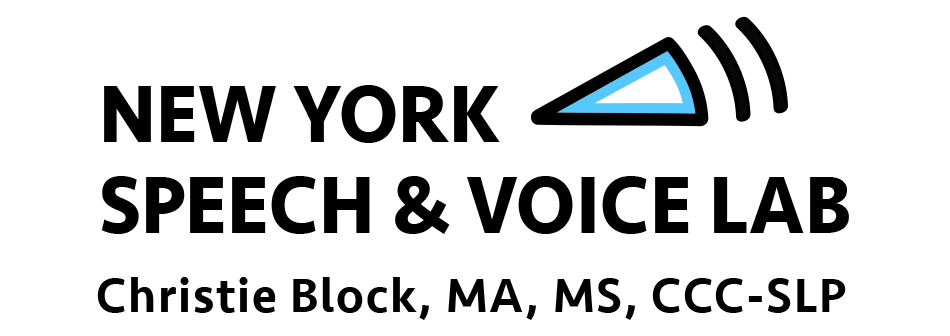Maintaining your chosen voice techniques can be challenging at any level of your gender affirming voice process. Are you starting to practice talking, and find it mentally challenging to think of what to say while also modifying how you sound? Have you practiced a lot but find it hard to get started in real-life conversations? Or perhaps you regularly modify your voice in conversations but tend to lose consistency, particularly during a brain-heavy or anxiety-provoking speaking situation? Rather than trying to sound perfect in every moment of a sentence, consider, as a next step, this general guideline - START AND END WELL.
This idea is nothing new. It is often used as practical advice outside speech, such as when writing a letter or an essay, when working with others on a project, or when dancing or playing a sport, as in a gymnast beautifully executing the landing of a back flip. It simply means to make the beginning and ending especially good.
In terms of speech, this idea can be useful because the impression we give primarily stems from what a listener first experiences and what they are left with, or, in other words, what they hear first and last. People hopefully are paying attention to us all of the time, but the beginning and ending are typically the most memorable parts.
So how do you make your voice START AND END WELL? Simply focus more to how you need to make the beginning and ending sound, with whatever technique(s) you are targeting. Start by nailing that first sentence or first few words, and regardless of how well you are continuing, make sure to nail the ending too. To practice, you can start with a single sentence, then two sentences, then a paragraph, then make up things to say, such as commenting on what you read or talking to yourself about things you need to do for the day.
To START AND END WELL in conversation with others, try your best voice throughout, but pay special attention to the beginning and ending. As you begin to do well at that, you can then become more mindful of the middle. Even if there is backsliding as you talk, your listener(s) will likely not find it jarring to hear your voice shift again at the end. This is due to the dynamics of English intonation as well as listener focus on content more than sound. START AND END WELL can be a good guideline for short coffee orders, phone conversations, interviews, meeting people, attending a meeting, or giving a presentation.
So, if you find it challenging to modify your voice throughout an interaction, think START AND END WELL. It may help you take advantage of the attention patterns of the listener, and make an important next step in achieving a more satisfying voice.

